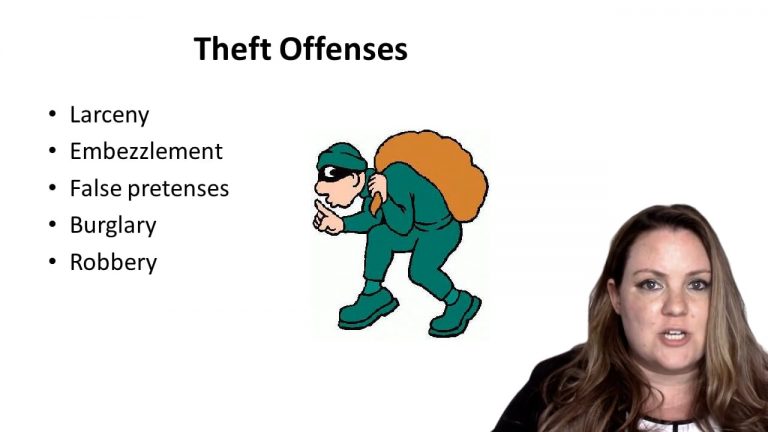SmartBrief
Confirm favorite deletion?
Criminal Law Keyed to Lee
Miller v. Superior Court
Citation:
115 Cal.App.4th 216, 8 Cal.Rptr.3d 872 (2004)Facts
Higareda went into a public restroom to change into his bathing suit. He entered a stall and hung up his pants, which contained his wallet, cell phone, and keys. As he was changing, Miller walked into the restroom and entered the stall directly across from Higareda.
Higareda left the restroom in his bathing suit and forgot his pants hanging in the stall. After taking a few steps outside of the restroom, he realized this and went back to the stall only to discover that his pants were missing. Higareda began looking under the doors of the other stalls to find them, and he heard the sound of someone opening velcro from the stall directly across from the one where he had left his pants.
Higareda became suspicious because his wallet had a velcro fastener. Higareda looked over the top of Miller’s stall and Miller asked what he was doing. Higareda told him that someone stole his pants and Miller told him to report it to a lifeguard. Higareda waited outside of Miller’s stall for 15-20 minutes, but Miller did not get out of the stall.
Eventually, Higareda’s friend entered the restroom and Higareda told him that he thinks Miller stole his pants. The friend knocked on Miller’s stall and told him to give the stuff back. they exchanged words, and eventually Miller attempted to leave the restroom. The two blocked Miller from leaving and a scuffle occurred. The friend placed Miller in a headlock and Miller gave Higareda his wallet.
Miller was arrested and charged with robbery. He filed a motion to dismiss, arguing that the evidence did not establish that he took the property from Higareda’s person or immediate presence. The superior court denied it, and he appealed.
Only StudyBuddy Pro offers the complete Case Brief Anatomy*
Access the most important case brief elements for optimal case understanding.
*Case Brief Anatomy includes: Brief Prologue, Complete Case Brief, Brief Epilogue
- The Brief Prologue provides necessary case brief introductory information and includes:
Topic:
Identifies the topic of law and where this case fits within your course outline.Parties:
Identifies the cast of characters involved in the case.Procedural Posture & History:
Shares the case history with how lower courts have ruled on the matter.Case Key Terms, Acts, Doctrines, etc.:
A case specific Legal Term Dictionary.Case Doctrines, Acts, Statutes, Amendments and Treatises:
Identifies and Defines Legal Authority used in this case.
- The Case Brief is the complete case summarized and authored in the traditional Law School I.R.A.C. format. The Pro case brief includes:
Brief Facts:
A Synopsis of the Facts of the case.Rule of Law:
Identifies the Legal Principle the Court used in deciding the case.Facts:
What are the factual circumstances that gave rise to the civil or criminal case? What is the relationship of the Parties that are involved in the case.Issue(s):
Lists the Questions of Law that are raised by the Facts of the case.Holding:
Shares the Court's answer to the legal questions raised in the issue.Concurring / Dissenting Opinions:
Includes valuable concurring or dissenting opinions and their key points.Reasoning and Analysis:
Identifies the chain of argument(s) which led the judges to rule as they did.
- The Brief Prologue closes the case brief with important forward-looking discussion and includes:
Policy:
Identifies the Policy if any that has been established by the case.Court Direction:
Shares where the Court went from here for this case.

 9m 29s
9m 29s